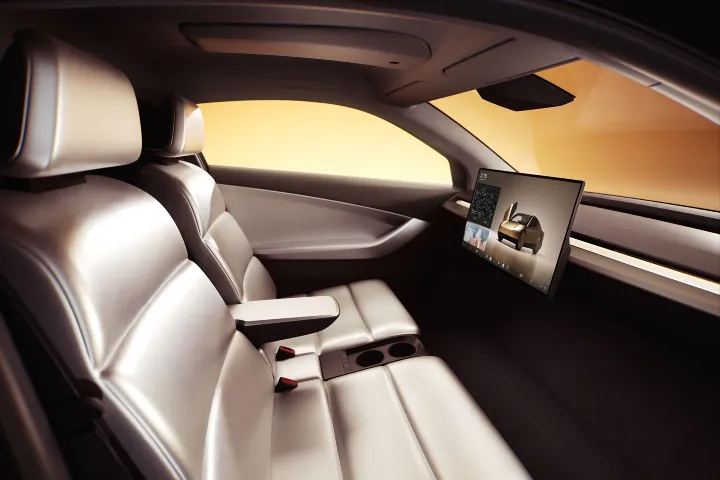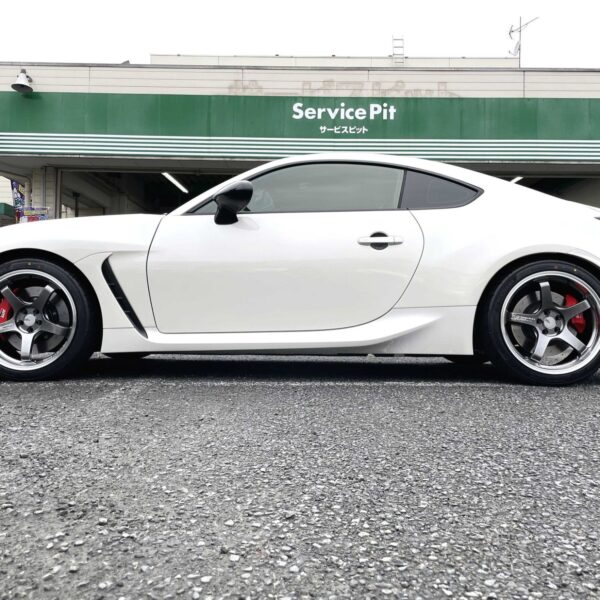Autonomous driving technology is slowly becoming more prevalent, sparking debate and raising questions about its impact on the future of transportation. Companies like Tesla are at the forefront, introducing innovative concepts like the Tesla Cybercab, which aims to operate without the need for physical controls.
Tesla recently made headlines with its plans to launch fully autonomous Cybercabs. However, these vehicles are not yet infallible. To ensure safety and reliability, Tesla is employing remote backup operators. These operators can take over control whenever the system encounters challenges. Tesla’s Cybercab might still depend partially on safety drivers who can step in as needed.
The persistence of human intervention highlights a significant hurdle in the path to true autonomy. In November, Tesla was actively hiring individuals to help develop the interface for these remote operators. This initiative indicates openness and transparency in addressing the technology’s current limitations.
Meanwhile, other companies like Waymo and General Motors have also faced challenges. Waymo showed significant progress with its autonomous vehicles; however, it experienced issues with navigation, especially in complex environments like intersections. Similarly, General Motors’ Cruise vehicles struggled with managing construction zones and emergency situations. Reports even surfaced of autonomous cars getting confused and halting their operations, thereby blocking traffic.
These operational hiccups underscore a crucial reality: autonomous vehicles are not yet flawless. The main selling point of self-driving cars is their promise of being safer than human-driven ones. Yet, the technology is still evolving. Public perception has not always been forgiving either. In San Francisco, frustrated locals vandalized self-driving test vehicles, placing cones over sensors or damaging them.
The destruction of vehicles highlights growing discontent among locals about the testing of autonomous technologies in their neighborhoods. Such setbacks suggest that human oversight might still be essential in the short term to prevent mishaps. This fact challenges the very essence of what these companies strive to achieve—a fully driverless experience.
Waymo and Cruise aim to move past employing human safety drivers, and Tesla shares this ambition. However, practical limitations mean these companies cannot yet fully commit to a driverless fleet. The journey to complete autonomy is complex and requires overcoming both technological and social hurdles.
While the dream of a truly autonomous vehicle is compelling, achieving it will demand further innovation and public acceptance. As these technologies advance, the focus will be on ensuring safety and reliability to win the trust of potential users. The evolution of autonomous driving promises to significantly shape the future of transportation, but it’s a journey the industry is still navigating carefully.










